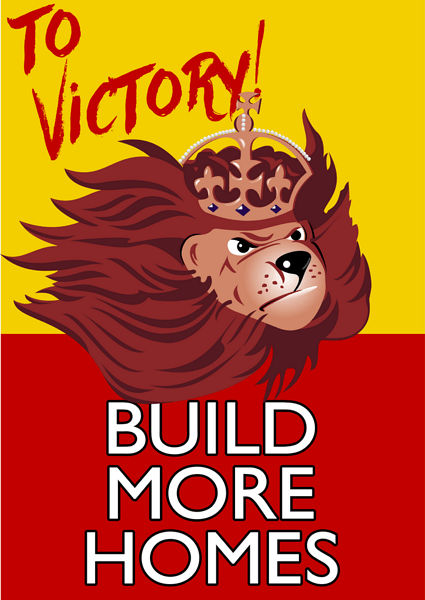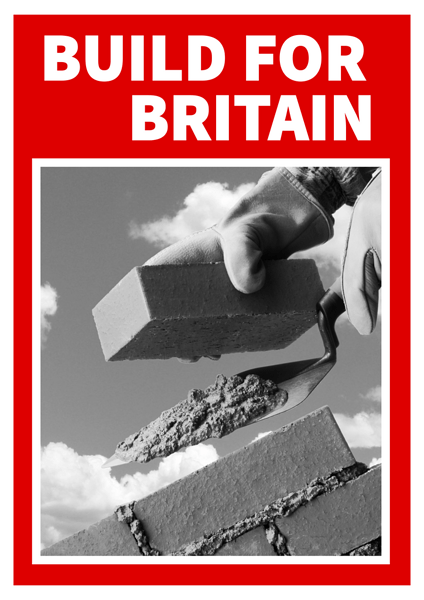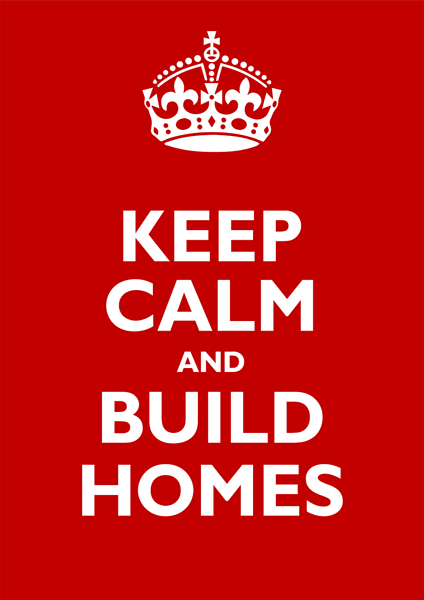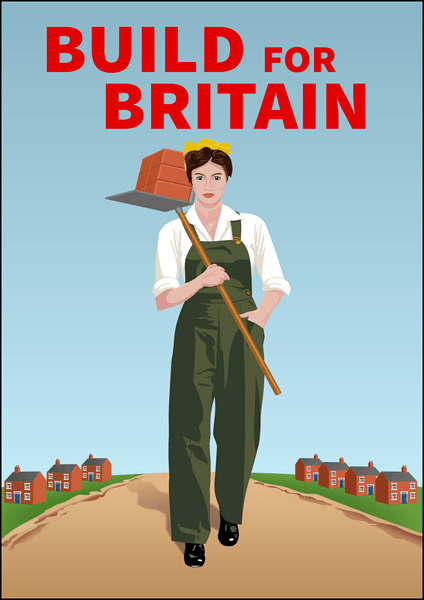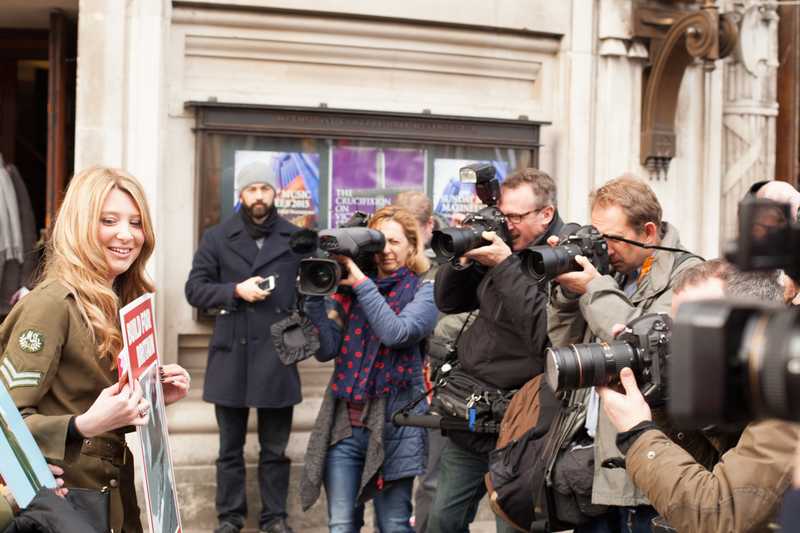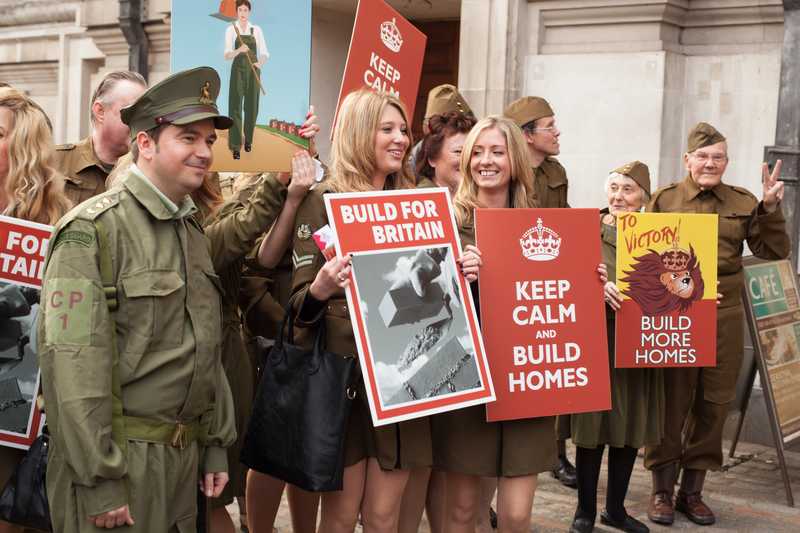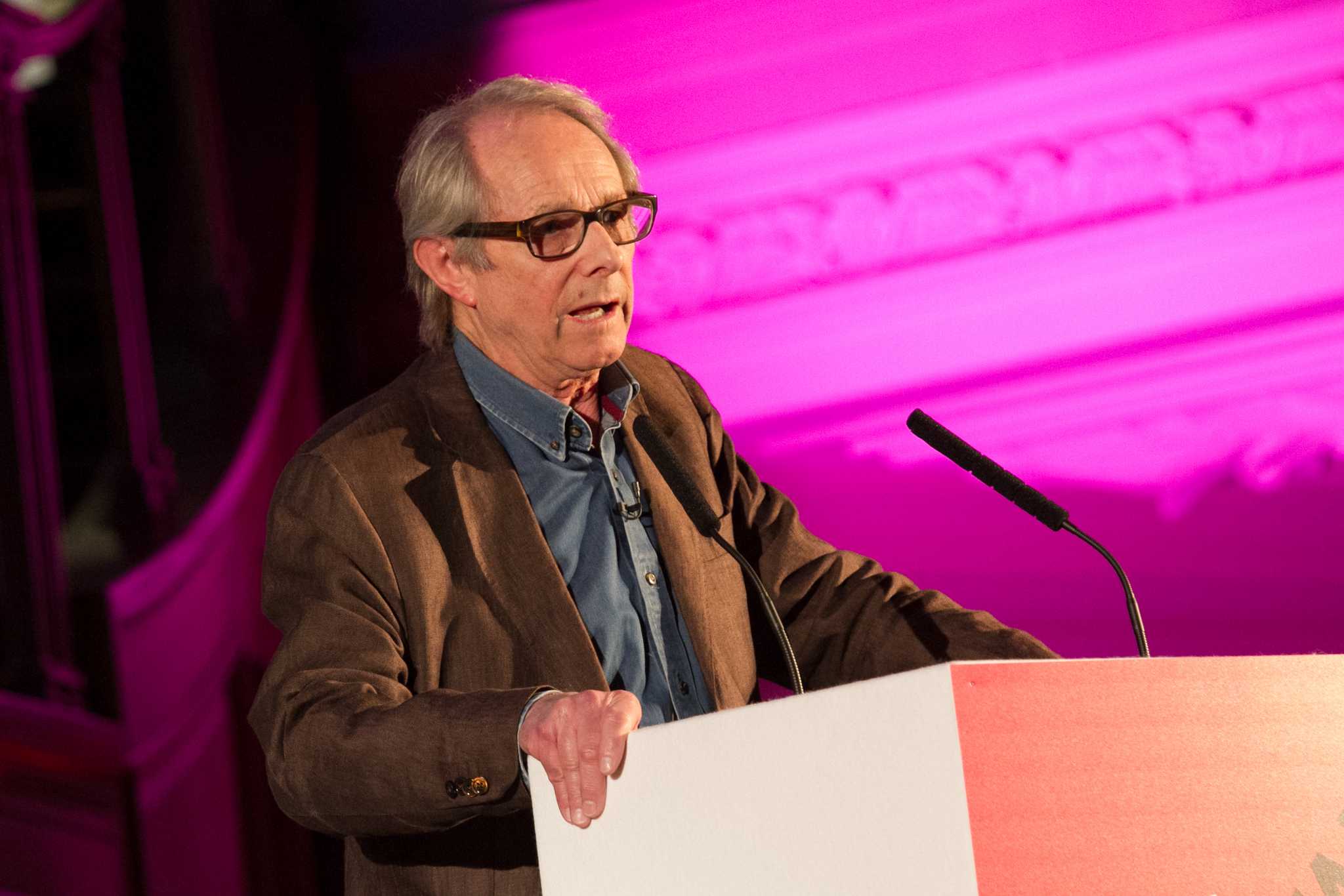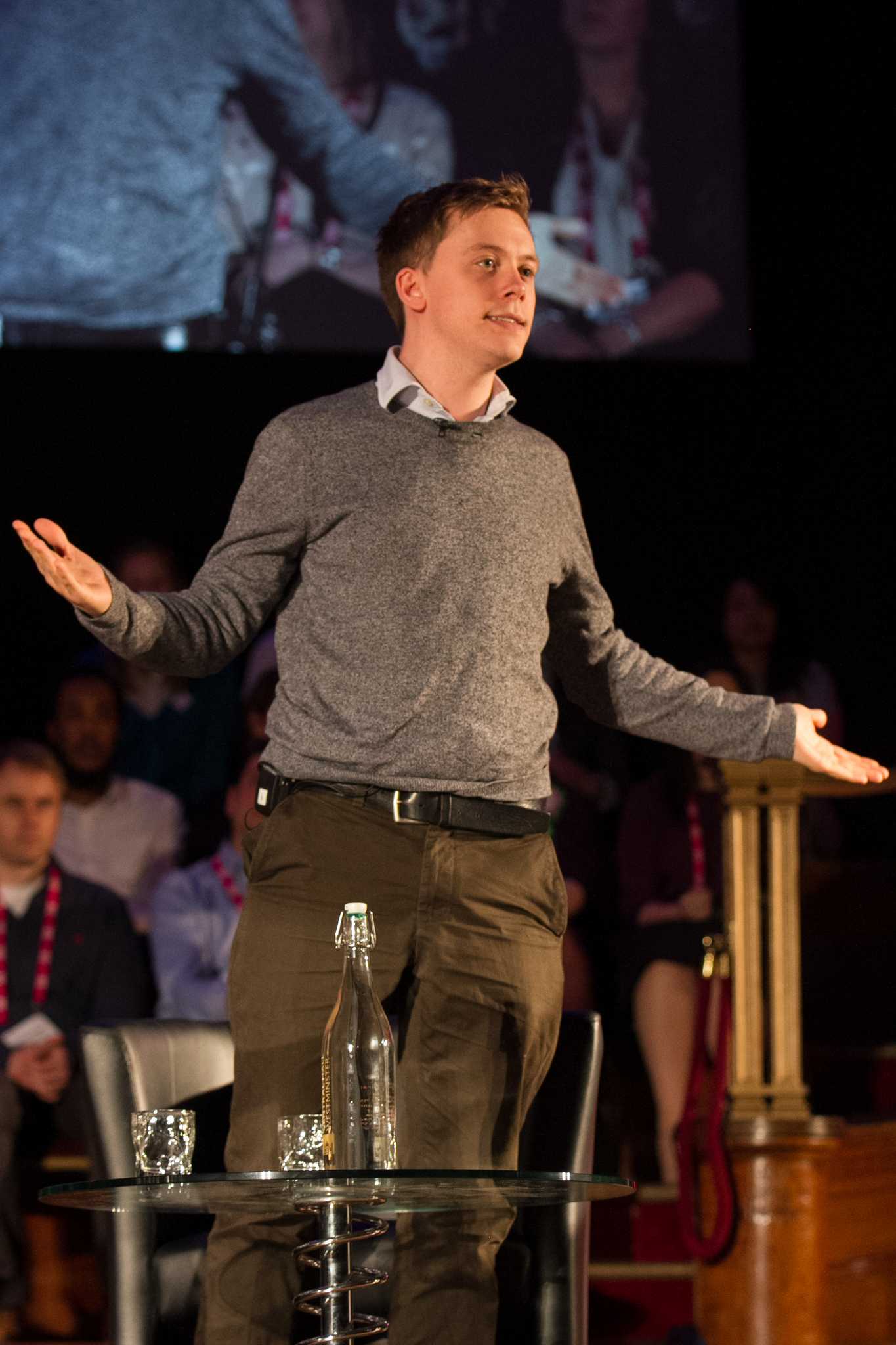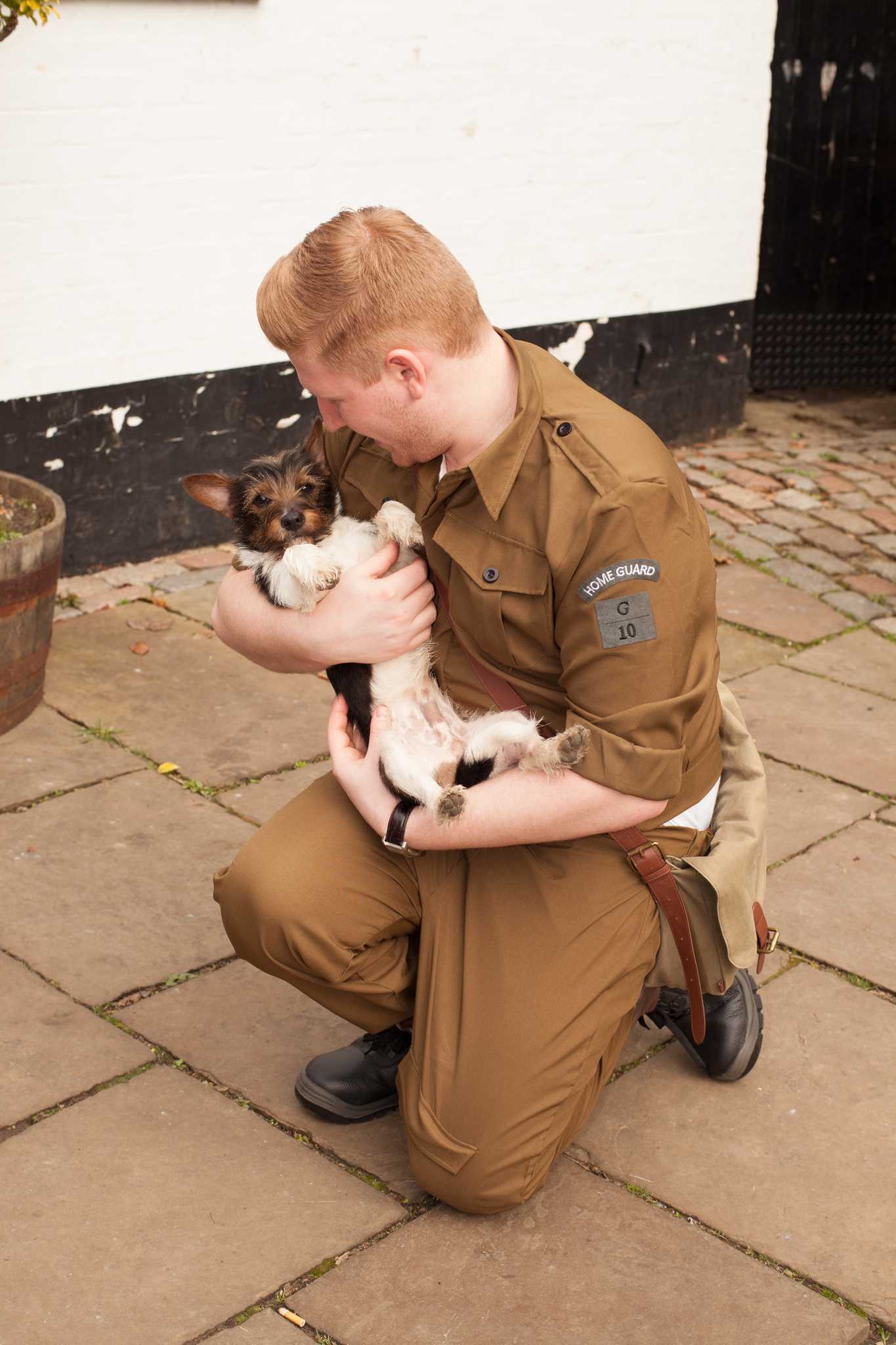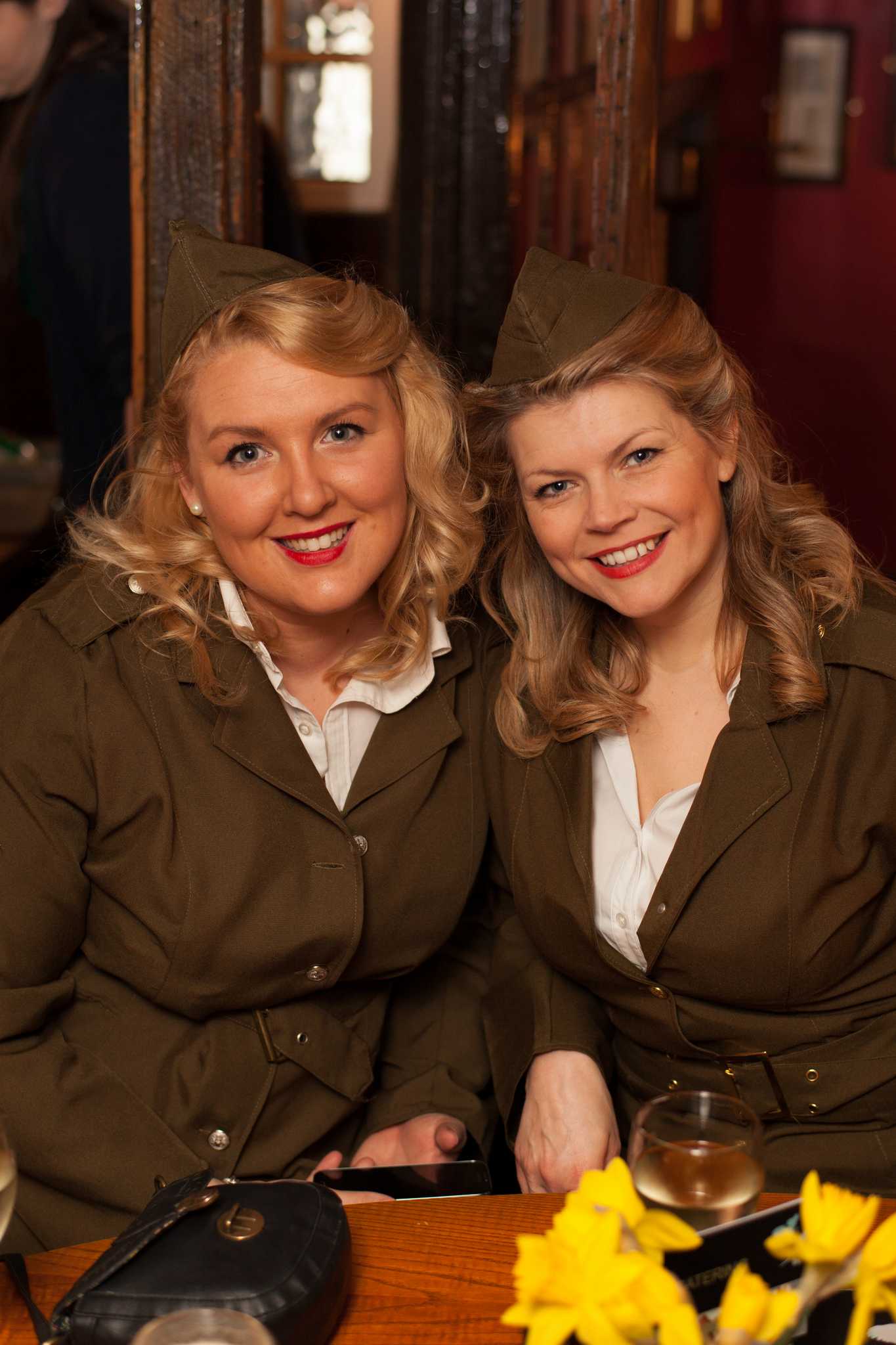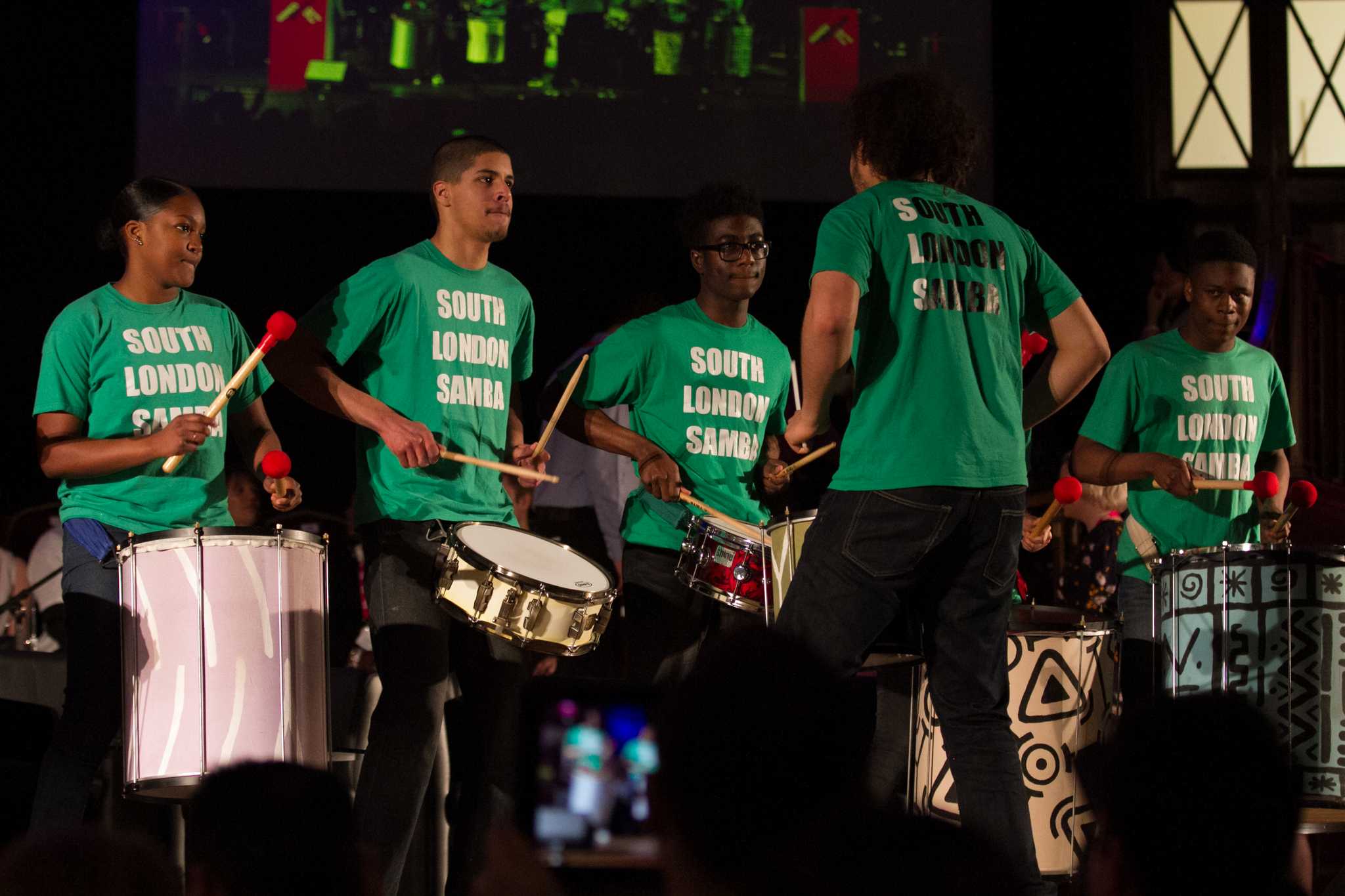Homes for Britain rally
Taking the fight for affordable homes to London
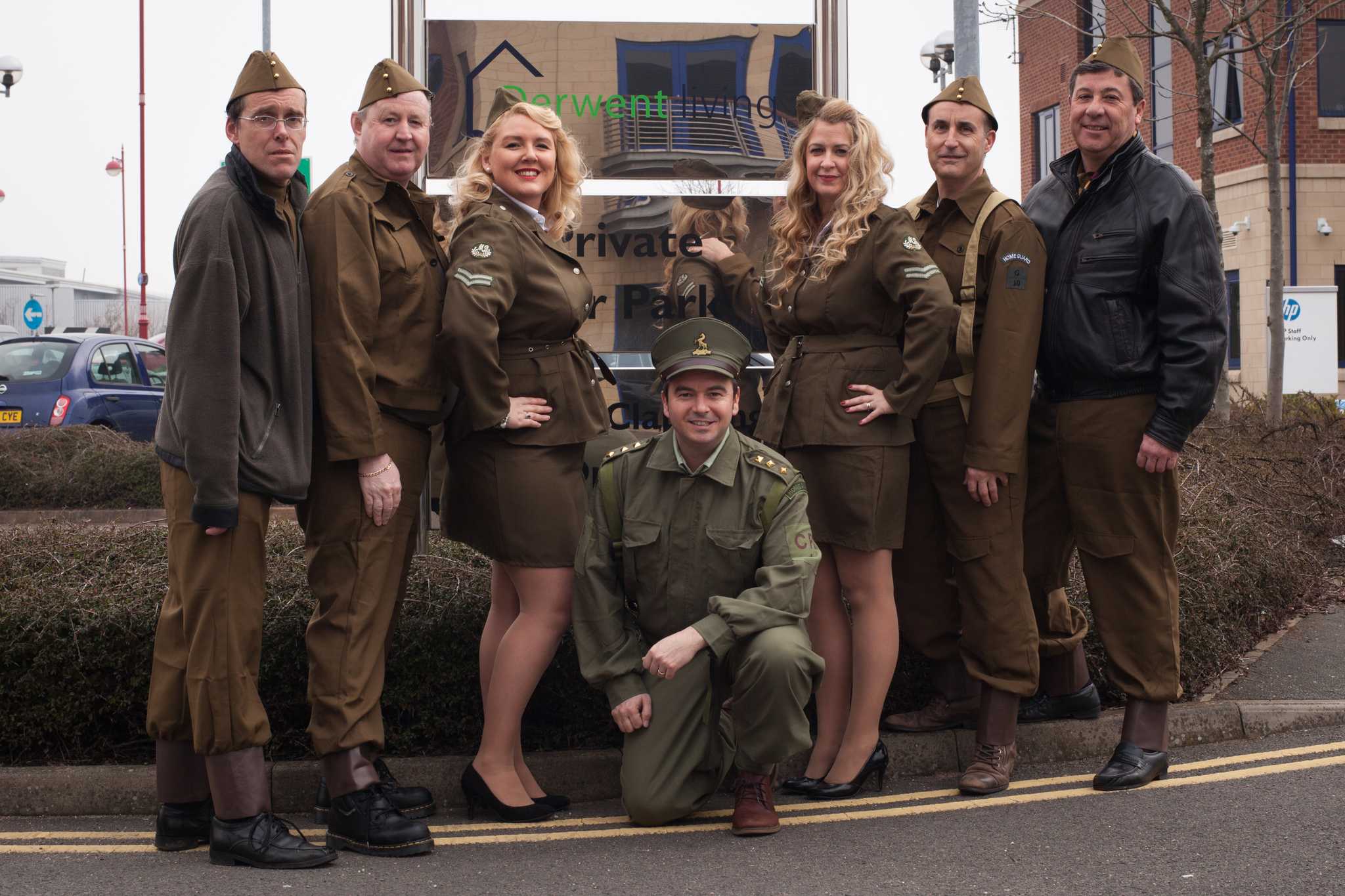
Contents
Setting the scene
Back in 2015, way before Brexit dominated every waking minute of news coverage, we had ourselves a national housing crisis. It had been brewing for years as house prices had risen and supply had continued to outstrip demand. The austerity agenda driven by the coalition Government had meant funding for associations to develop social stock had dwindled away to almost nothing. The scale of the emergency was enormous, with less than half the number of affordable homes needed being built each year 1.
With a general election on the horizon, the National Housing Federation issued a battle cry for housing organisations up and down the country to raise their banners and highlight the crisis as an election issue. And Derwent Living was invited to take part.
The centre piece to this campaigning would be an enormous rally, held just a stone's throw from Parliament in the Central Methodist Hall. The event would be a huge opportunity for the sector to show strength and solidarity, coming together in one voice to demand a change in housing policy. Showing support to the thousands of people up and down the country trying desperately to get an affordable place of their own had never been done in this way before, and we started thinking about how we could create a splash to help get the message across.
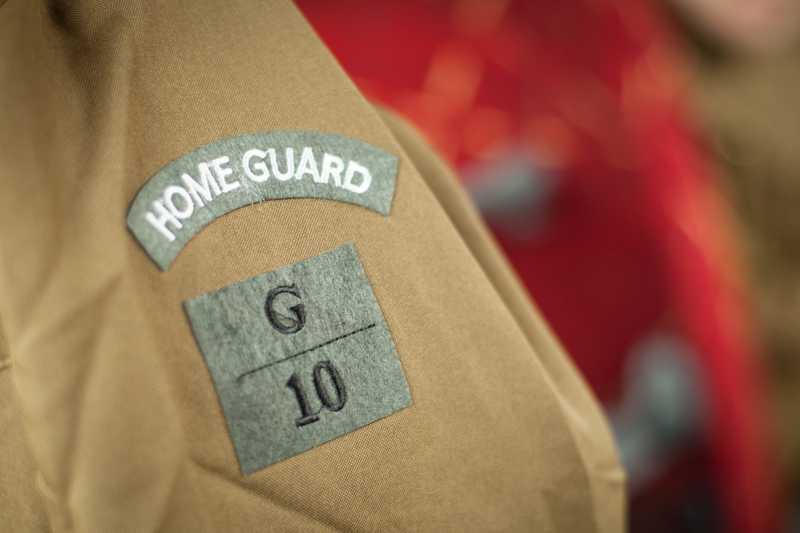 Steve Atkin
Steve AtkinThe concept
Early on in the process, as we were spitballing ideas as to how we could approach attending the rally, Mitch (customer involvement manager) who has form for weird and wacky suggestions, hit on a fabulous idea. “Why don’t we go as the Home Guard?”
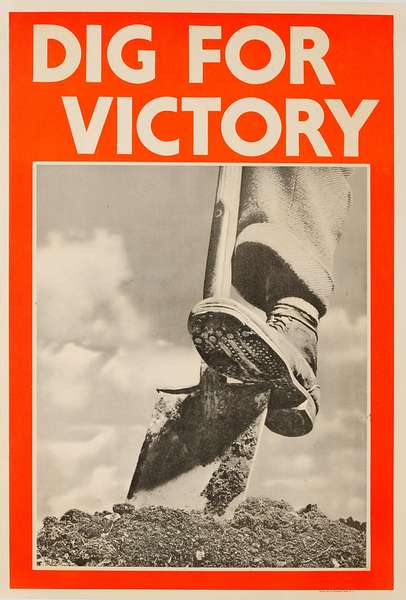
To this day, I still think Mitch had just been waiting for a situation to come along in which he could channel his inner Mainwaring. His dressing up itch is usually scratched by the annual work's Christmas party. But the sense of national crisis, the call to arms, and the sheer opportunity to re-engineer every wartime trope for our campaign just fitted perfectly. It was a chance that couldn't be missed.
Developing the theme
With our Home Guard concept agreed, it was now time to work up a plan of attack for the campaign as a whole. We wanted to wear Home Guard uniforms but finding ones of suitable quality wasn’t that easy. We eventually found an online supplier, and were able to get the number and range of sizes that we needed. Much of the campaign would be visual, so we needed to all look the part.
Anyone who has attended a rally knows a good placard can grab significant attention, so once the uniforms were sorted I tasked Rich with illustrating some concepts which would revisit some famous home front poster campaigns from the war.
I initially wanted three designs, but as we were taking upwards of 25 people to the rally I thought there wouldn’t be enough variation in the designs, so asked him to produce a fourth. We’d wanted to keep away from the “Keep calm and carry on” meme that at the time had re-emerged and seemed to pervade everything from mugs to beach towels. But given that it was so popular, I figured that being opportunistic and repurposing it to “Keep calm and build homes” would give us a strong fourth design option.
Rich’s illustrations (below) were spot on, and captured the style of the original wartime designs.
The absence of the Derwent Living logo from the final placards is still hotly debated at Derwent towers.
During the design phase, we’d tried to accommodate it. But a modern logotype of any size anywhere on 1940s era artwork does not work and totally ruined the look and feel of the designs.
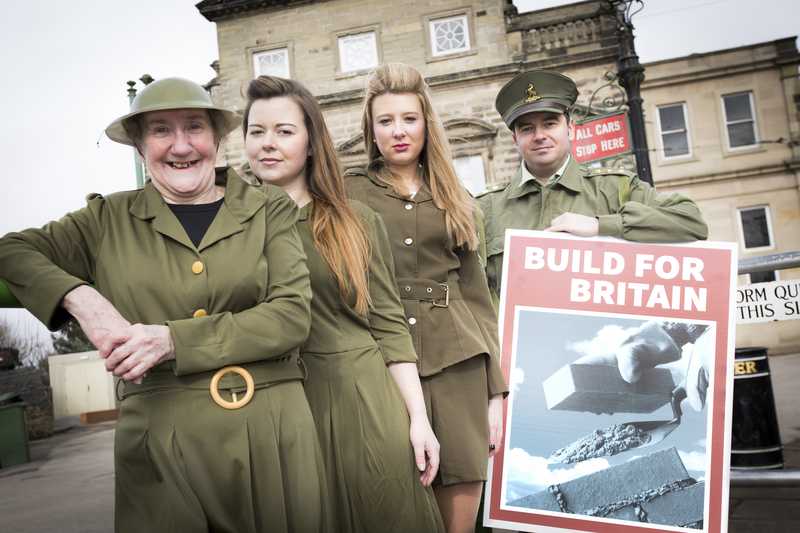 Tom Hill
Tom Hill
So in order to serve the message at the cost of a little self-promotion we went without. It looked authentic, and at the end of the day the campaign was to raise a national awareness of a crisis, not to raise the profile of any one provider.
Drawing up plans
We drew up a strategy for a social media which included pre-event news and event day content plan. We would conduct this element mainly on the road from the back of a coach. Identifying key campaign spokespeople, organisations and the media, the idea was to communicate our wartime theme during our trip down and while attending the rally itself.
Although we gained some traction from the initial engagement work we did prior to the rally, the social media activity had to shift quickly due to the welcome we received from the press and associated placard gate scandal (more on that below). Given the mobile office we'd assembled (complete with post production suite and mobile wifi) we were more than setup to maximise the exposure from what came next.
Zero hour
Following a slightly delayed coach journey, we arrived at Parliament square just a few minutes before the rally was due to begin. On the bus on the way down Twitter told us that there was plenty of media interest in the event due to the number of high profile ministers and officials who would be speaking.
Nothing prepared me for what happened when we got off the bus.
As we disembarked, we were suddenly surrounded and in the midst of a media throng. I now know what it’s like to pounced on by the paparazzi - and it’s a very weird feeling. You’re penned in, but moving at the same time. Everyone is yelling at you to look at them. It’s something I don’t think I’ll ever forget.
In hindsight the timing had worked massively in our favour, being fashionably late had meant that the crowds had largely moved into the venue, leaving the streets clear - apart from the camera crews, who were clearing up and filing their reports and pictures.
I managed to grab a few shots of the guys walking along as we made our way across Parliament square. They aren’t framed that well as I was in the middle of the scrum and zone focusing with manual focus 50mm. But it shows how the whole Home Guard theme came together.
Photographing the day
Throughout the day I’d been shooting images on a Canon 60D and my own 5D MkII, then uploading them to a Macbook connected to a mobile wi-fi hotspot. I wanted to produce a good stream of content supported by some really nicely shot photography, and I thought that most other people and businesses would have been doing the same with phones and I hoped that quality would cut through.
In the venue I managed to work my way down to the press pit, which was just a few feet away from the stage. I grabbed our Canon 70-200 f2.8 L from the bag and did my best to capture the speakers and debate that followed.
A few of my favourite shots from the event are below. All post produced on the road.
Housing magazine 24 Housing would later use my pictures in a special picture story to illustrate the event. But that wasn’t the only interaction we’d have with the industry mag following the rally…
#placardgate
On entry to the venue, we’d been asked to leave our placards in the foyer. “No problem, we’ll get them on the way out…”
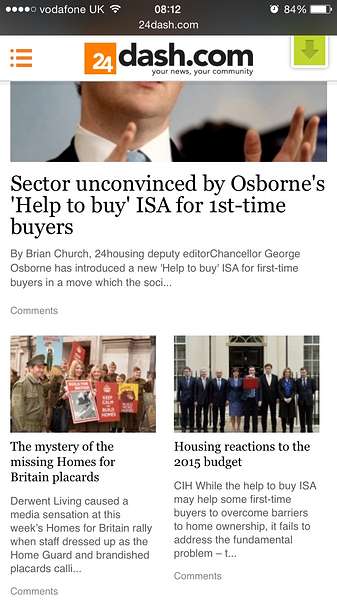
Except that when we came to leave, the placards had gone. Stolen by all and sundry as a trophy of the day. Our team were gutted, as many had already decided which particular poster or course attendance award was making way on the wall back at head office.
On the bus home we took to Twitter to jokingly condemn a sector happy to walk off with our beautiful and prized artwork. John Land, former editor of 24 Housing magazine, jumped on the story and began the #placardgate hashtag which spread around the sector like wildfire.
Over the next week #placardgate, the Home Guard theme and our attendance at the event continued to get traction. We got editorial coverage in the publication and given the chance to write blogs for their mag and website. It’s a great example of engagement and doing something differently opening up opportunities that you wouldn’t otherwise get.
Lessons learned
So that’s the story of the concept, the rally, and the design and theft of the placards. In terms of campaign coverage, it was the most Derwent Living has ever achieved, especially on social media - racking up astronomical reach. The associated coverage through industry magazine 24 Housing would have been worth tens of thousands of pounds in advertising space, so from a purely selfish and promotional viewpoint it was an overwhelming success.
In terms of helping highlight the housing crisis, the wartime theme definitely elevated the overall campaign visually - something that’s often difficult to do with certain stories. Whether the rally as a whole achieved the shift in public thinking towards the crisis that everyone wanted is a subject of debate. There is still a housing crisis, and still much more work that needs to be done to address it.
Rich’s slightly more comical take on the whole project can be found over at his Homes for Britain rally project page.
- 1
back - Residents travel to London to fight for homes - Derwent Living website article covering the Homes for Britain rally and associated housing crisis statistics (Published 2015).
